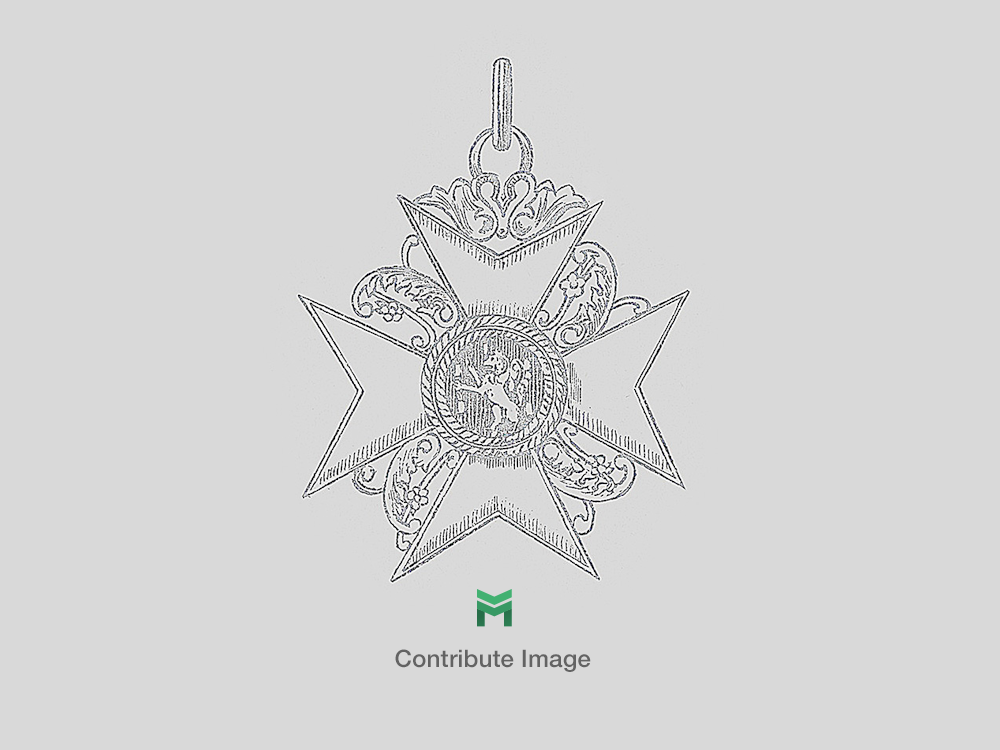Third of Isfand Decoration (later issue)
CATEGORY: Version
SKU: 02.IRN.0113.101.01.001
Estimated market value:

Estimated market value:
The Third of Isfand Decoration is believed to have been established in 1927 or 1928 to commemorate the events of the Third of Isfand, which significantly shaped modern Iran. The award was presented to participants of the coup d'etat of February 22, 1921 (Third of Isfand), which marked the beginning of the end of the Qajar dynasty when the Iranian Prime Minister, Fathallah Khan Akbar, was replaced by Seyed Zia, and Reza Khan became War Minister. The events also lead to the beginning of the modern Iranian army. It is uncertain if the award was abolished following the Islamic Revolution in 1979.
The Decoration may also be known as the "Sevum Hout" or "Sevum Isfand."
There are 2 versions of the Decoration. While both Decorations depict a manifestation of Faravahar (a Zoroastrianism icon and national symbol of Iran representing the principles of good thought, good words, and good deeds), the early version was affixed to the ribbon and features the Persian date "Hout 1299" (February 22, 1921) on the obverse, the later version was instituted between 1940 and 1950, was suspended from the ribbon, and featured a ribbon fixture of Persian script of the date "Hout 1299."
There is limited information regarding this item.

Comments
Sign in to comment and reply.


Scroll Top